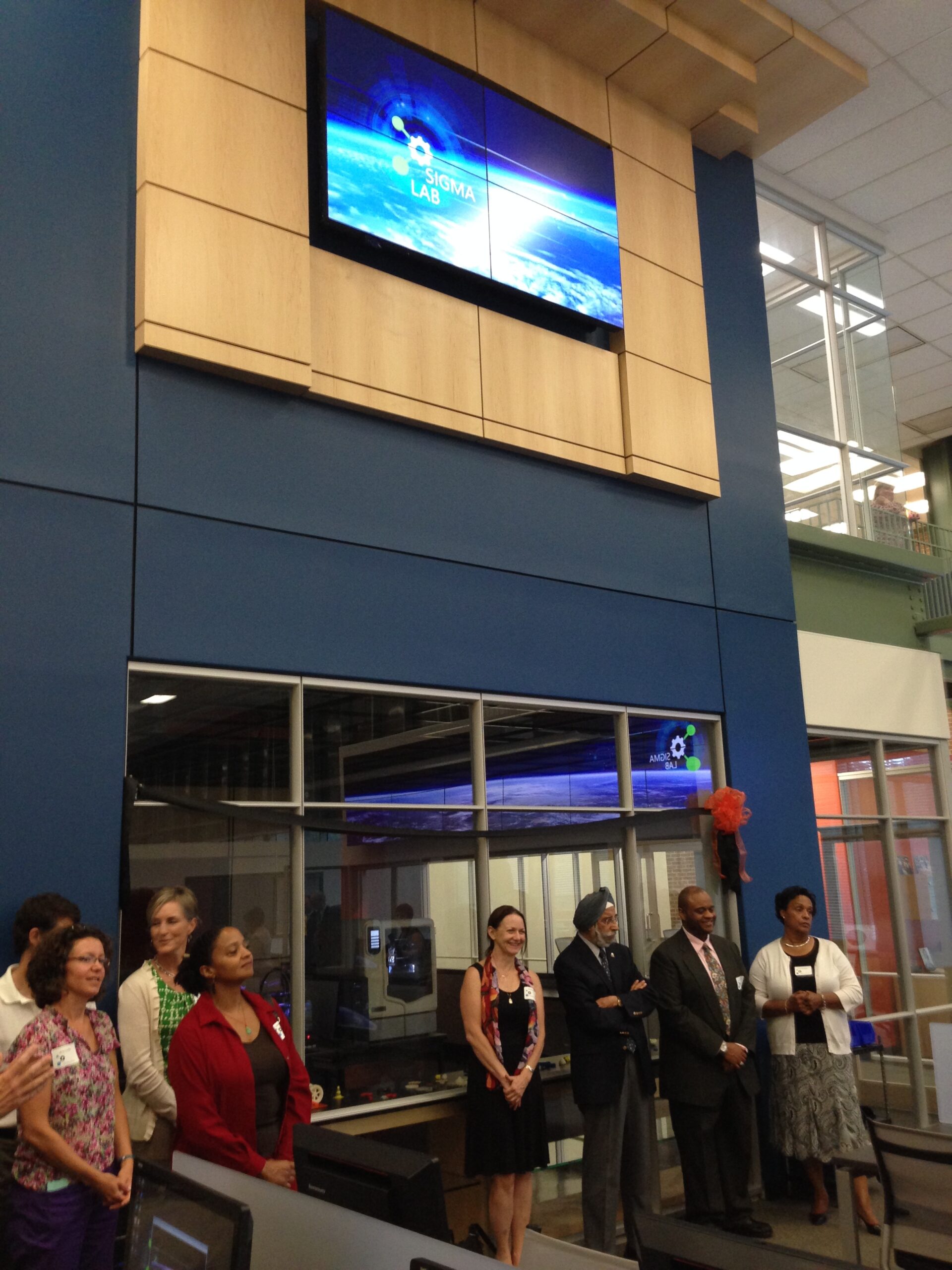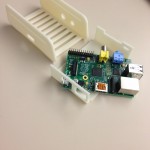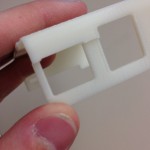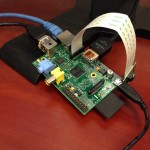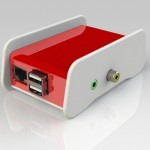There is a reason that I am not an engineer. Well, I’m sure there are a whole list of reasons, but I’ll focus on one such reason here. Last fall in my previous life, I was tasked at working with a Raspberry Pi. During my adventures, I tried to 3D print 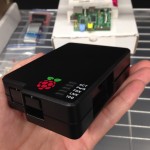 a case for the Pi, and I blogged about it. The project went to the back-burner when the person I was interning with went AWOL, but I continued to mess around with the Raspberry Pi without a case, because I wasn’t having much success designing one/finding one that someone else had designed to use. Well, last week, I went to the Ribbon Cutting for the Sigma Lab at Charlottesville High School. While on my self-guided tour of the lab, I saw that they had some Raspberry Pis out on display so that they could show off all the cool engineering stuff they’d be doing in the room. And what did these kids have? A case for the Raspberry Pi.
a case for the Pi, and I blogged about it. The project went to the back-burner when the person I was interning with went AWOL, but I continued to mess around with the Raspberry Pi without a case, because I wasn’t having much success designing one/finding one that someone else had designed to use. Well, last week, I went to the Ribbon Cutting for the Sigma Lab at Charlottesville High School. While on my self-guided tour of the lab, I saw that they had some Raspberry Pis out on display so that they could show off all the cool engineering stuff they’d be doing in the room. And what did these kids have? A case for the Raspberry Pi.
These high school kids are a lot smarter than I am when it comes to engineering and rapid prototyping. They recognized that someone had already made something that was great, and they just bought it. I probably spent just as much money on plastic making my multiple failed cases as these kids (or their teacher) did to buy the one endorsed by Raspberry Pi. So smart.





